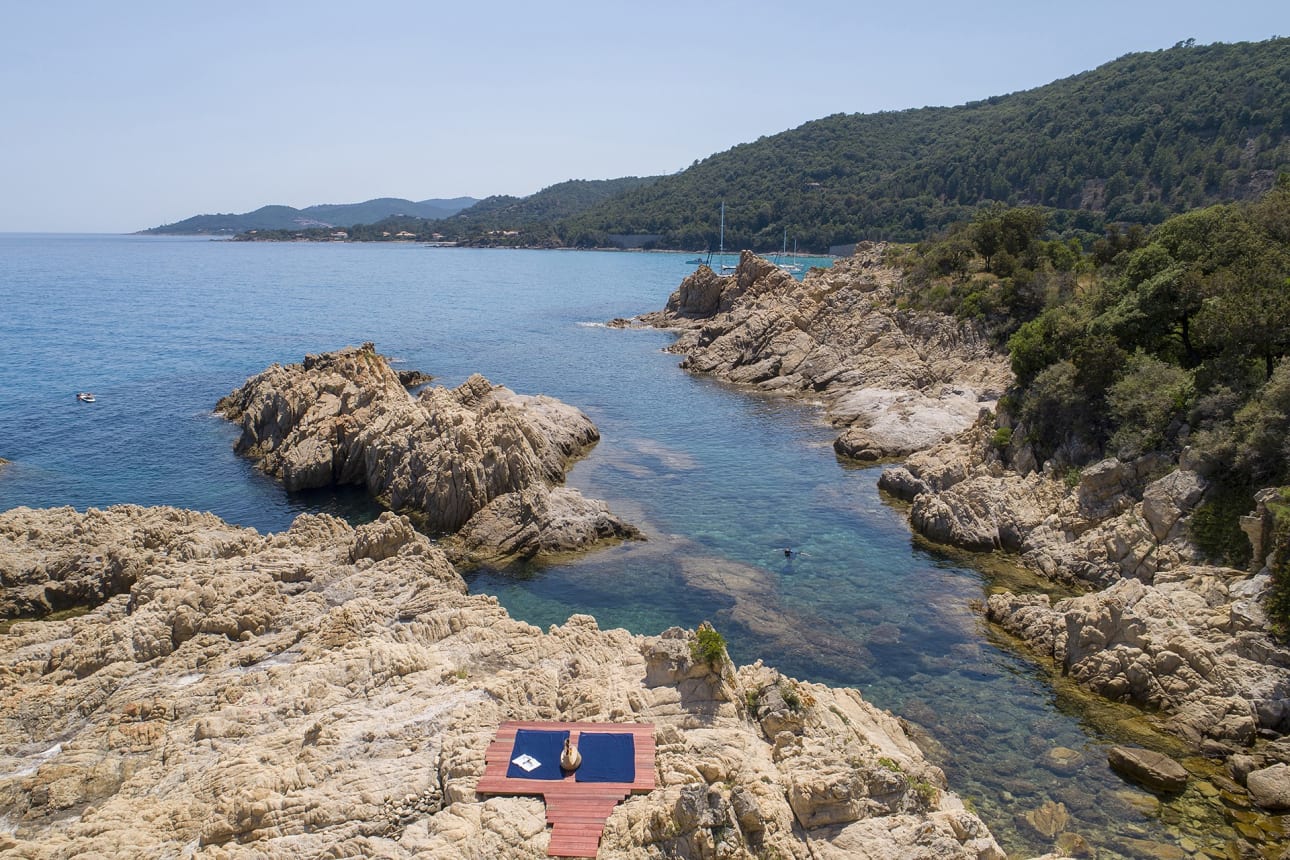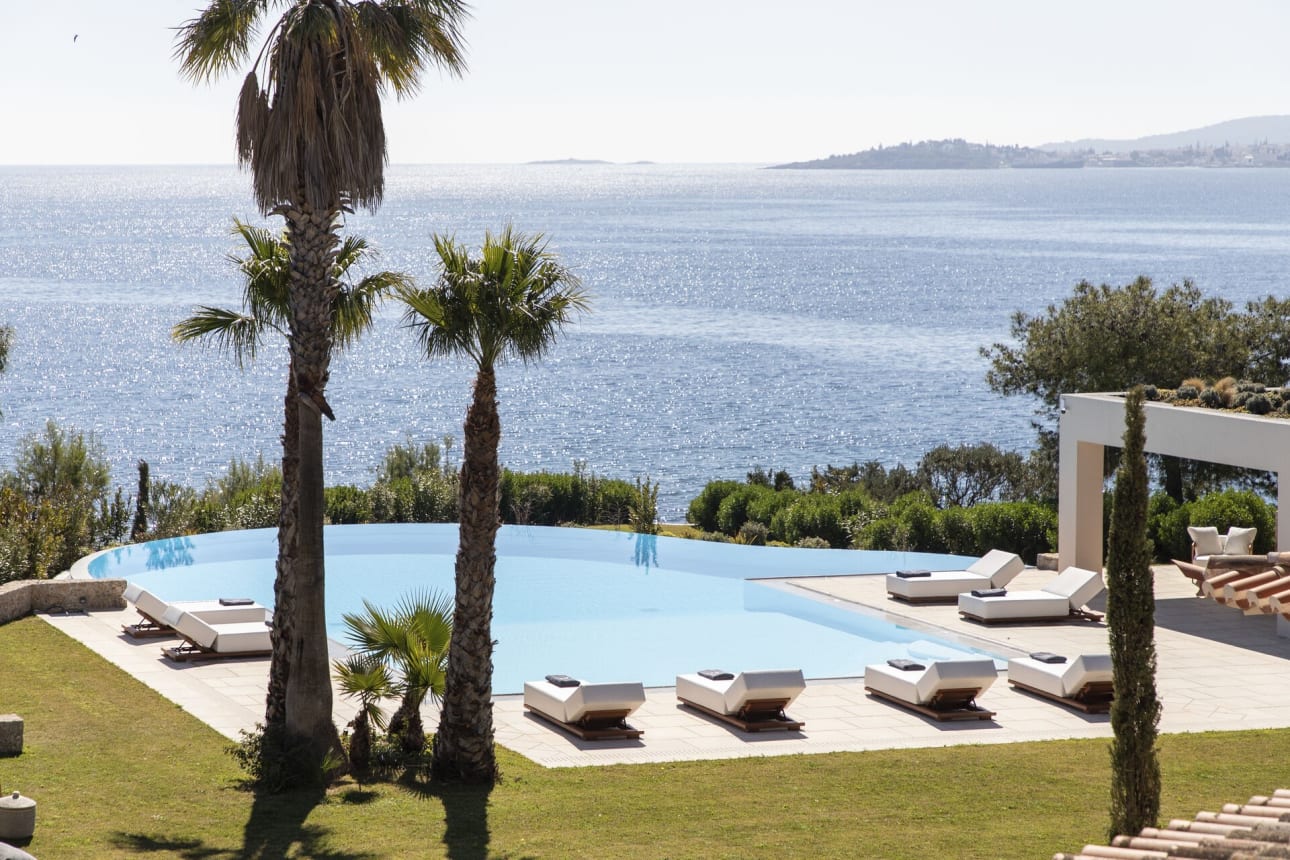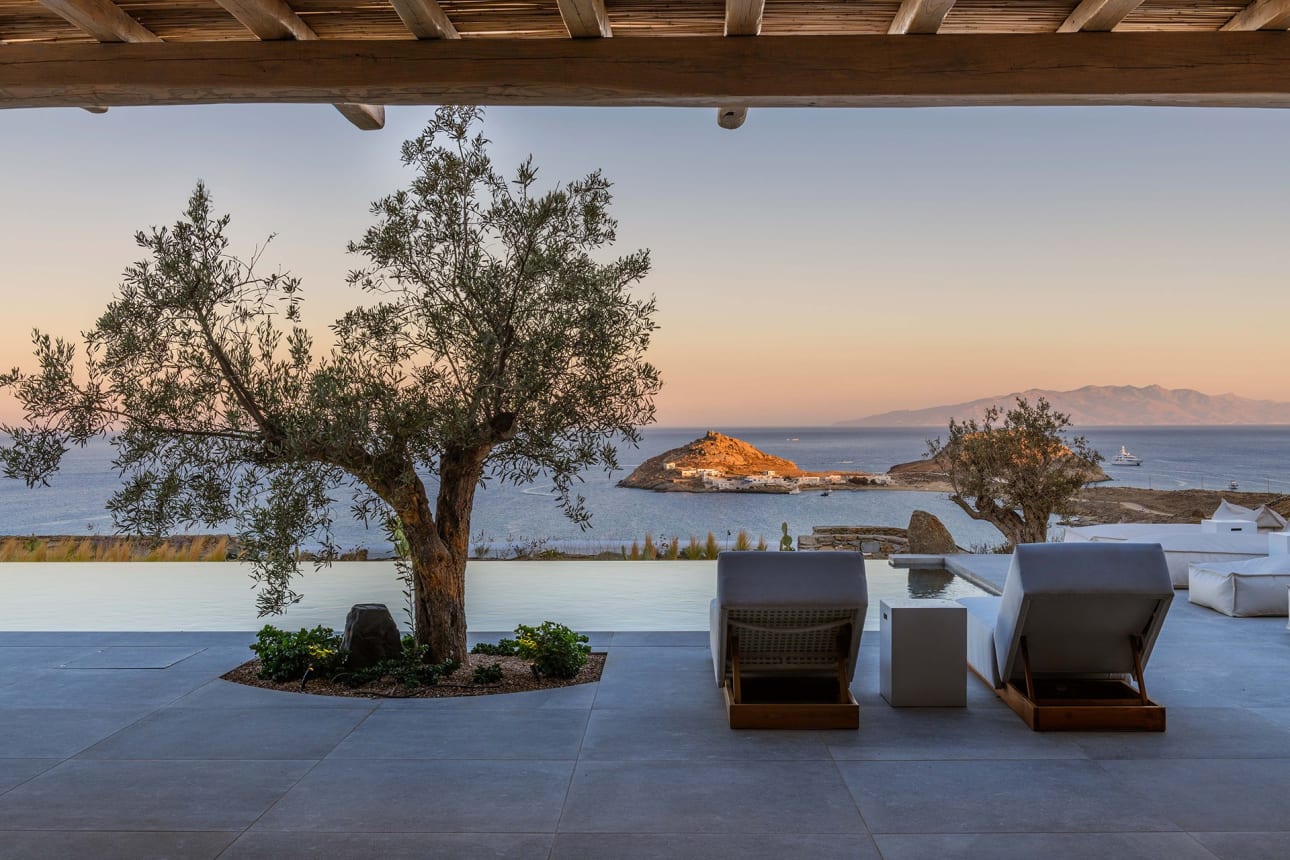Sicily: A pawn of conquest and empire
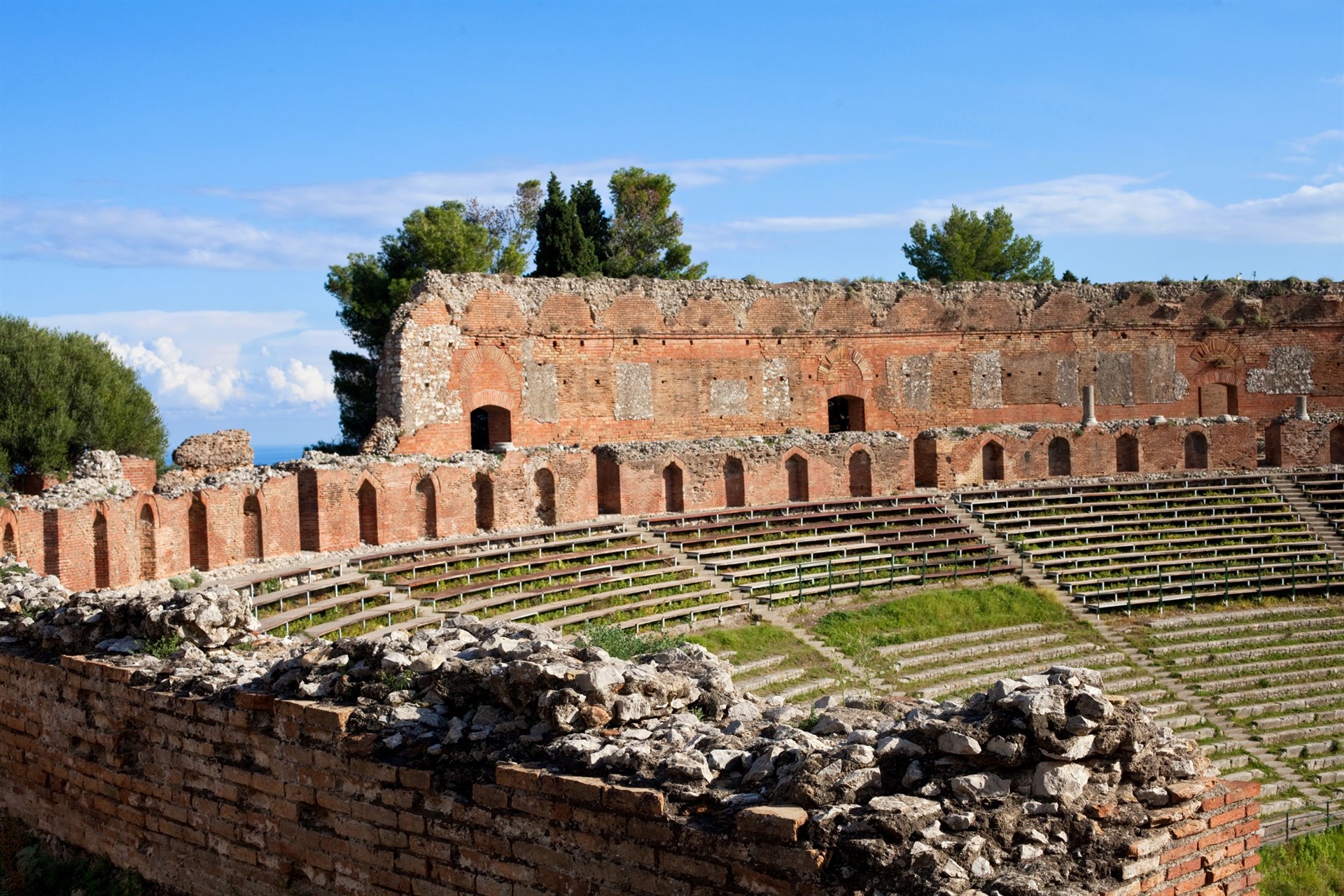
You might assume that a strategic location at the centre of the Mediterranean would be a blessing for what is now the largest region of the modern state of Italy. However, history has proved otherwise.
Here we explore the Romans in Sicily, the Sicilian Vespers and British and Jewish history in Sicily, among others, to learn more about the troubled and sometimes glorious past of this beautiful island.
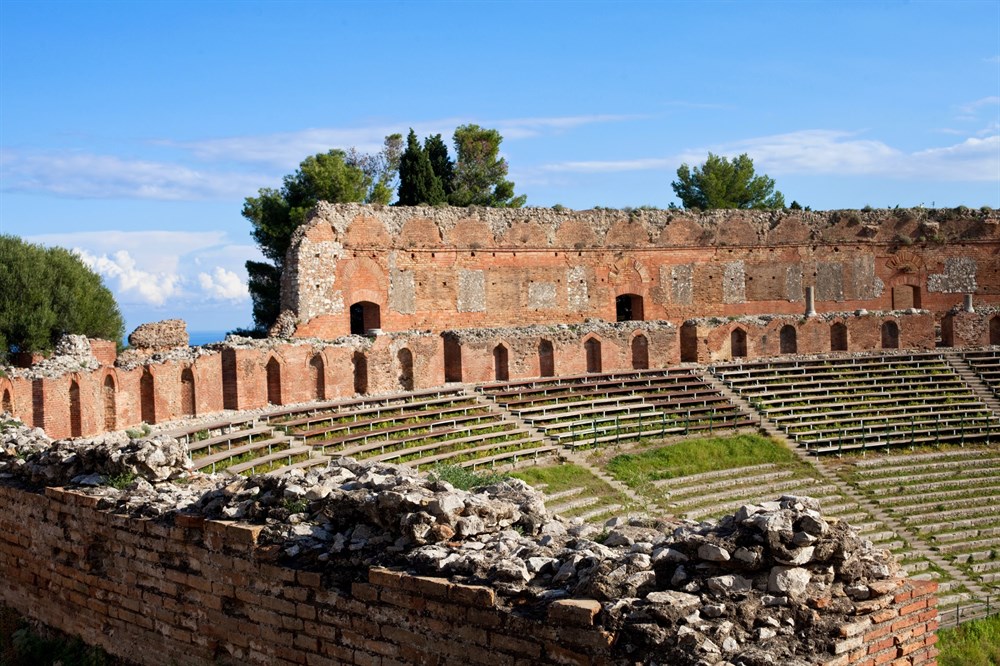
The Roman conquest of Sicily
The Romans ruled Sicily for over six centuries (from 211 BCE to 440 CE), in which time the largest island in the Mediterranean was seen principally as an important source of food, even winning the epithet of ‘Rome’s breadbasket’.
Two quaestorships were set up to govern the island in two Roman cities in Sicily, one in Syracuse and the other in Lilybaeum (modern-day Marsala). The Sicilians were left largely to their own devices (as long as they paid their taxes) and prospered from the stability that Roman rule brought. Little attempt was made to change their essentially Greek culture and life went on for some 150 years in relative calm. Unfortunately, Sicily under the Romans wasn’t so hospitable for long.
In 73 CE, a Roman magistrate called Licinius Verres was appointed the governor of Sicily and wasted no time in instituting corruption. He immediately raised taxes and set off around the island, looting temples, private houses and public monuments for precious works of art. He forged lucrative relationships with infamous pirates and when anyone tried to stand in his way, Roman citizens included, the consequences were usually severe.
Eventually, the Sicilians could no longer stand such oppression and a group set off to Rome in the hopes of bringing Verres to trial. They approached an up-and-coming senator called Marcus Tullius Cicero. He accepted the case and, against all odds, claimed a famous victory, becoming a household name and a dangerous rival to the Roman aristocracy. Verres then fled to Marseille and little else was heard of him.
Explore Sicily's finest villas
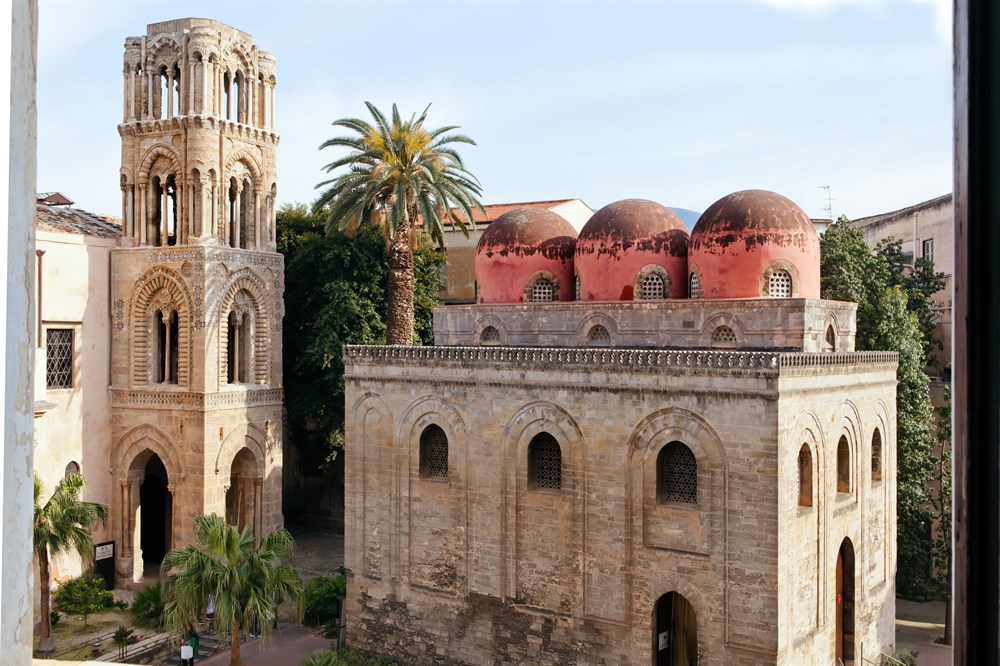
Arabian history in Sicily
After the birth of Islam in the seventh century CE, the Arabic world soon rose to a position of dominance in many fields, such as medicine, mathematics, farming and cartography. Their military might was no less significant, and in 827 CE, the Arab army seized control of Mazara del Vallo, and the invasion continued towards Palermo. Bal’harm, as they renamed the town, was to become the capital city. Over the next 50 years, most major towns fell to the Arabs, the last being Syracuse in 878 CE.
Sicily was under Arab rule until 1061 CE. It was a period of enlightenment, with Arab influence in Sicily having a profound cultural, social and economic influence that’s still felt today.
Textiles, sugar, rope, silk and objects crafted in the souks were sent all over the known world, turning Sicily into an important commercial hub. In the field of agriculture, the Arabs divided up the larger estates and diversified production, introducing a variety of crops including citrus fruits, hemp and sugar cane. Sicilian Arabs were also the first to produce dried pasta - an undertaking of huge importance for the world as a whole.
Wherever you go in Sicily, you will come across towns and villages bearing names of Arabic origin: Caltagirone and Caltanissetta derive from the Arabic calta for castle; the gibil in Mongibello and Gibilmanna denotes mountainous locations; Racalmuto and Regaliali all stem from rahl, meaning area or village; and Marsala, or Mars’Allah, means God’s Port.
Arabic surnames survive too, with Salimbeni, Taibbi, Saccà, Zappalà, Cuffaro and Micicchè fairly common reminders of Sicily’s partly North African genealogy. And when Sicilians communicate in dialect, their conversations are strewn with words of Arabic origins.
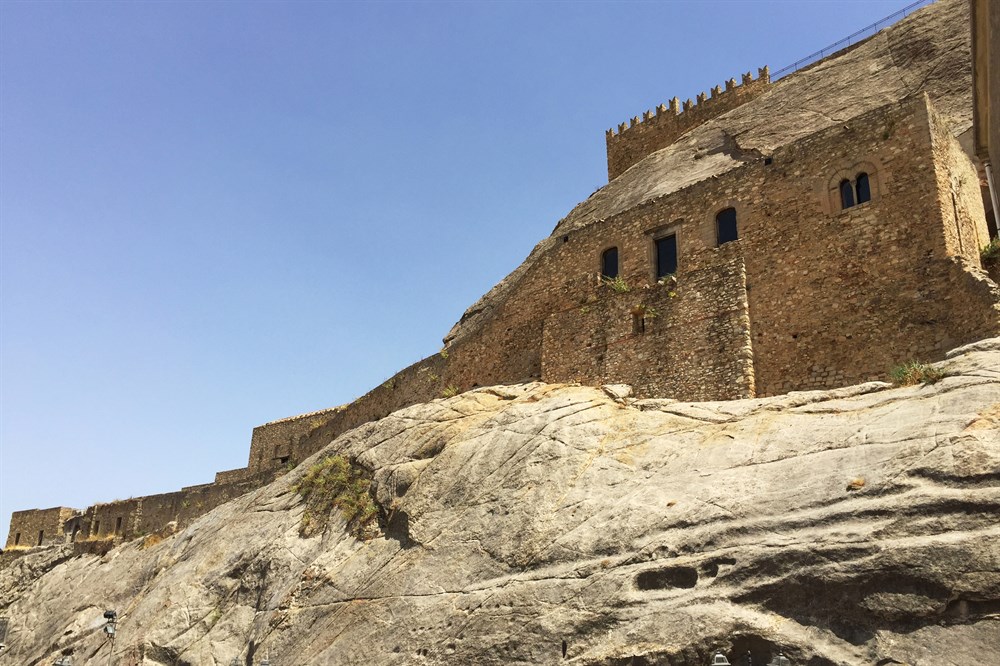
The Sicilian Vespers
How do you pronounce Cicero? If you got it wrong in 1282, you’d have been in serious trouble. It’s a long and complicated part of Sicilian history, but to cut a long story short, Cicero, part of the Sicilian language that was considered unpronounceable for foreigners, was the word Sicilians used to unmask their French Angevin oppressors during the Sicilian Vespers.
It all started on Easter Monday as the bells were ringing out, calling the faithful to vespers - a service of evening prayer. After years of Angevin rule, characterised by high taxes and tyrannical government, an insult from a French soldier directed at a Sicilian lady was the straw that broke the camel’s back. Rioting broke out in the streets of Palermo and the French were massacred in the hundreds. News quickly travelled around the island and the revolt spread until Sicily had almost entirely freed itself from subjugation.
The last stragglers of the Angevin army were given shelter in the Castle of Sperlinga, where they remained for an entire year. Testament to the kindness of the townsfolk is engraved into the walls: ‘Quod Siculis placuit sola Sperlinga negavit’ (Sperlinga alone refused what pleased the Sicilians).
On hearing the news, Charles of Anjou, the King of Naples, and therefore Sicily, was furious. War was announced and the Sicilians, not having an army of their own, appealed to various sponsors for protection.
With considerable optimism, they petitioned the Pope for aid. This leap of faith proved to be a resounding miscalculation given the Pontiff’s response of excommunicating the entire island. Eventually, however, the Sicilians turned to Peter III, King of Aragon, who agreed to take Sicily into his kingdom and launched a war against the Angevin Kings of Naples that would last 20 years. Thus began 400 years of Spanish domination in Sicily.
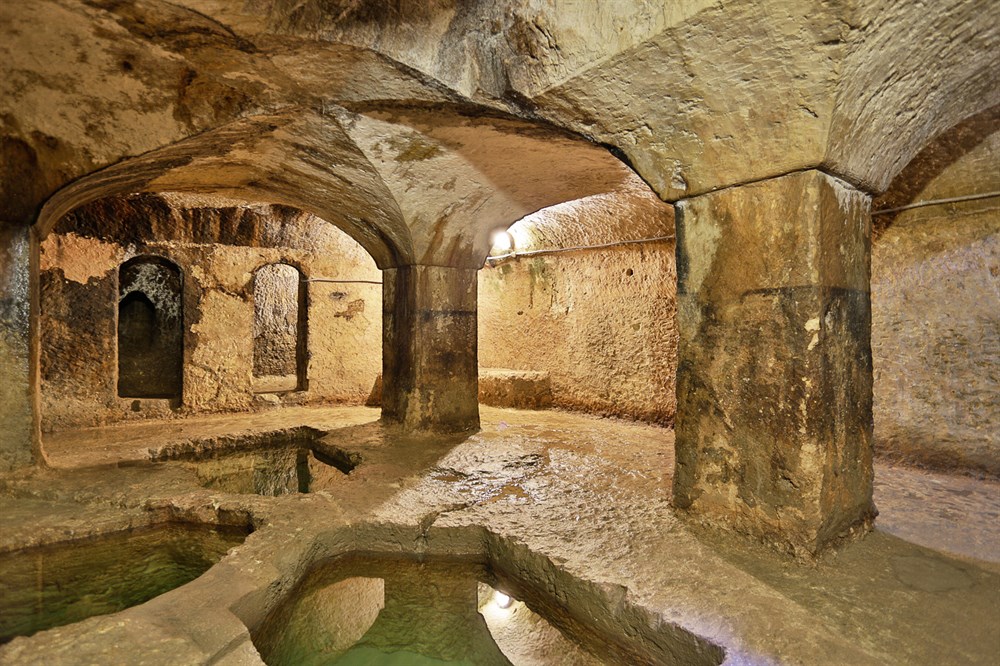
Jewish history in Sicily
On 31 March 1492, the King and Queen of Spain, Ferdinand and Isabella, issued their infamous Decree of Alhambra, by which all Jews living in Spanish territories, including Sicily, were obliged either to leave or convert to Catholicism.
At the time of the decree, it is estimated that some 30,000 Jews (around 10% of the total population) lived in Sicily, from Palermo to Syracuse and Marsala to Messina. Their ancestors had first settled on the island as early as the first century CE, meaning that Sicily was home to one of the oldest Jewish communities in Europe.
After the Sicilian Vespers ended in 1282, however, Sicily became a Spanish dominion, and soon the first flames of radical Catholic zeal began to lick the island’s shores. Any privileges that Sicilian Jews had enjoyed up to this point were soon to be eroded.
At the beginning of the fourteenth century, the Aragonese King Frederick III obliged the Jewish population to identify themselves and their shops with a red mark, a practice that would be hauntingly echoed over 700 years later in Nazi Germany. Little by little, the liberties of Sicily’s Jewish communities were reduced. Then, in 1478, the Spanish Inquisition was established, signalling the beginning of the end for Iberian and Sicilian Jews.
When the Decree of Alhambra was issued, some Sicilian Jews left immediately, selling off their property and taking as many of their belongings with them as possible. Those who were not so quick to leave had most of their possessions and assets seized.
Most of Sicily’s exiled Jews had to start from scratch in their new homes in Calabria, Naples, Rome, Venice and Salonika. Around 9,000 Jews remained. They converted to Catholicism and became known as neofiti (neophytes), the Sicilian version of the Iberian conversos.
Today, little remains of the Jewish communities that once flourished on the island, although two notable exceptions are the mikveh – ritual baths – in Syracuse and Palermo. The former, the oldest and largest in Europe, are located under the Residence Hotel alla Giudecca on Ortigia. Guided tours are available every day. The latter are under Palazzo Marchesi in Palermo’s old town centre, just off Via Maqueda. They are only open to the public a few days of the year, usually in October as part of the Vie dei Tesori Festival.
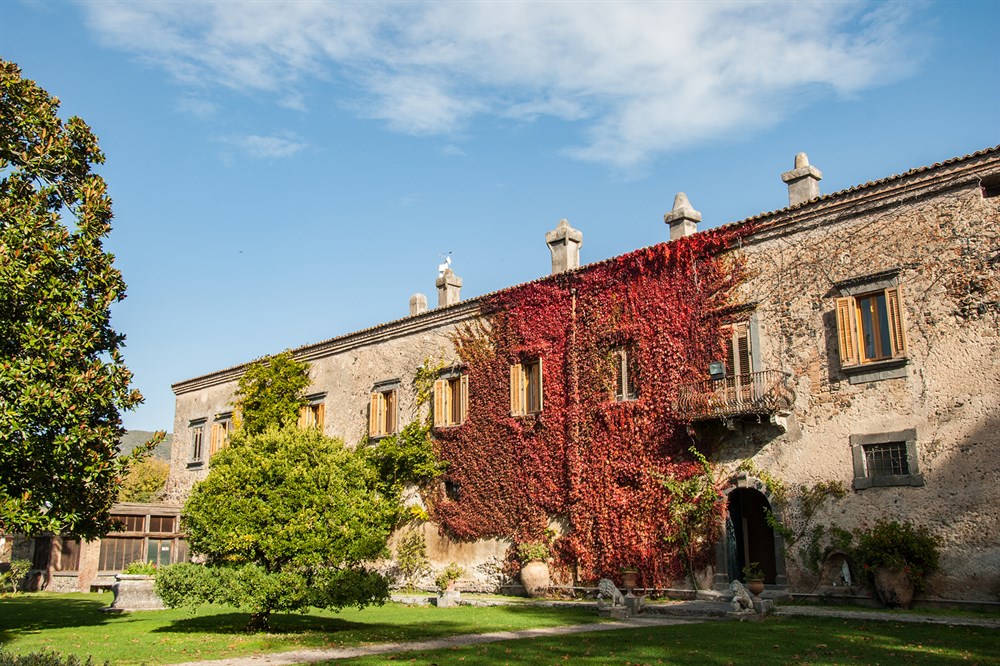
British history in Sicily
Nelson's Column in Trafalgar Square is one of the most famous monuments in the world, but have you ever heard of Nelson's Castle in Sicily?
1798 was a decisive year for England in their long-running battle against Napoleon. Nelson scored a famous victory over the French in the Battle of the Nile and was given a Baronetcy.
He set off for Naples and was immediately called into action by the King of Naples, Ferdinand I, who was under attack from the French. The King and his family were taken on board The Vanguard and swept off to safety in Palermo. As a token of his thanks, on 3rd September 1799, King Ferdinand I bestowed upon Nelson the Duchy of Bronte (on the northwestern foothills of Mount Etna), where still today it is possible to visit Il Castello di Nelson.
Sicily itself remained under British control until the end of the Napoleonic Wars in 1815, when Napoleon was finally defeated and the island was handed back to its Bourbon rulers.
Bronte and its castle, meanwhile, are well worth a visit if you're staying in the Etna area, especially if you have a sweet tooth. Apart from its connections to Lord Nelson, the town is famed for its pistachio nuts and its delicious pistachio cakes and ice creams.
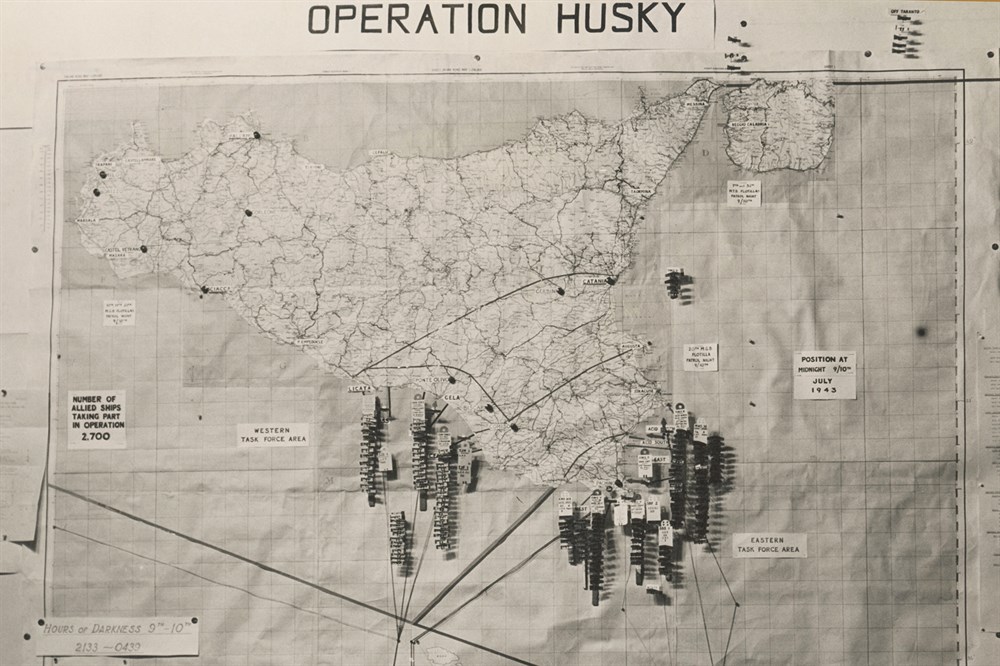
The Allied invasion of Sicily
British history in Sicily extends beyond the Napoleonic Wars and into the twentieth century, and the second World War more specifically. Due to its strategic position, Sicily became the first part of Europe to be reclaimed from the Axis by Allied forces.
On the night of 9 July 1943, the Allied invasion of Sicily, dubbed Operation Husky, got underway. The Americans landed on the beaches of the Gulf of Gela, while British and Canadian forces landed at the southeastern tip of Sicily, around Pachino, and in the Gulf of Noto.
Once ashore, British, Commonwealth and Canadian troops moved northwest across the Iblei Mountains and up the coast towards Syracuse with relatively little difficulty. The Americans, meanwhile, came up against greater resistance from one of the two German battalions on the island. After securing their beachheads, however, they moved westward towards Agrigento and then across the centre of Sicily to Palermo.
However, General Patton, the commander of the American forces, began to disobey orders, eager to demonstrate the superiority of the American army. He marched his men to Palermo despite being instructed to head further west. Sicily’s capital fell easily and then both the US and the British and Commonwealth and Canadian armies marched on Messina. For Patton, arriving there first was a matter of personal and national pride, evident from a letter he wrote to General Middleton:
“This is a horse race in which the prestige of the US Army is at stake... we must take Messina before the British. Please use your best efforts to facilitate the success of our race.”
British and Canadian forces faced the difficult task of getting around Catania and Mount Etna, where the last remaining German forces had dug in deep. Patton duly won his race, arriving in Messina on 17 August, some 38 days after the beginning of the Operation.
With such a rich and diverse history, Sicily has an abundant selection of fascinating cultural sites that are not easily matched. Whether you’re more attracted by Greek temples, Roman villas and aqueducts, Norman cathedrals or Baroque churches, our passionate local team can help you discover it all.
Whether it’s booking recommendations or extraordinary Experiences, we’re here to help you and your travel companions immerse yourselves in the local culture. Please get in touch to start planning your unforgettable stay.
